PROTECT YOUR DNA WITH QUANTUM TECHNOLOGY
Orgo-Life the new way to the future Advertising by AdpathwayFormula 1 is often regarded as the pinnacle of motorsport, with high-tech equipment like wind tunnels used to refine designs, complex processes such as computational fluid dynamics used to create intricate wings, and sensors across the cars capturing terabytes of data over a race weekend. Why, then, do teams still rely on rudimentary pitboards to share vital information with their drivers?
The pitwall is a hub of activity over a grand prix weekend, with engineers, strategists and senior team members on hand to make all kinds of calls during a race. It’s also where the team has a direct line of communication to its drivers through radios built into their helmets, but this isn’t the only way the pitwall can communicate with its racers.
Through slits in the fence between the pitlane and the race track, teams hang boards to show information to their drivers as they fly past at speeds in excess of 200mph. The boards comprise of a simple frame that letters and numbers can be slotted into in order to share quick hits of data with drivers.
These simple boards allow teams to update their drivers on their position in the race, the gap to a car behind or, importantly, the time they may need to make up in order to make up to the car ahead.
But with the prevalence of radios in the sport and race officials even able to share messages directly onto the screens built into the steering wheels in some instances, why does this fairly rudimentary means of communication still exist?
Well, as a Red Bull blog post put it recently: “Because pitboards don’t break.”
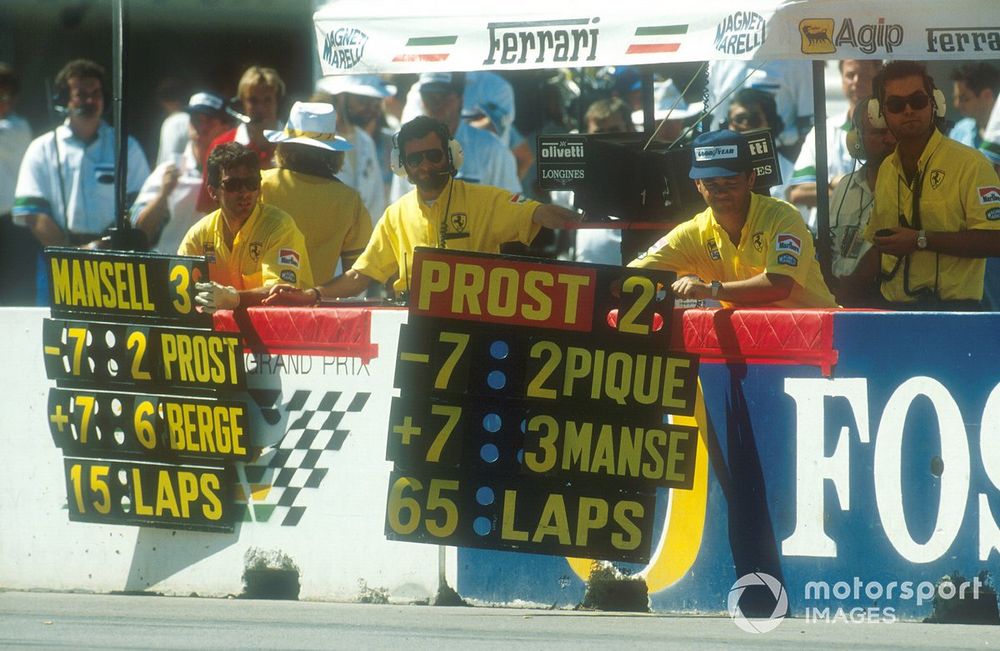
The Ferrari crew hang out the pit boards for their drivers Prost and Mansell
Photo by: Motorsport Images
While radio failures are rare in today’s F1 circus, there was a time when all manner of issues could hit team broadcasts. Teams started using radios in the 1980s, and in the early years Ayrton Senna’s radio was once interrupted by an on-site catering team. Then, at the 1998 Australian Grand Prix, more radio issues hit when Mika Hakkinen came into the pits and lost the lead of the race – with McLaren later blaming a radio hack on the incident.
Issues with team radios are much less common now, but they still happen. In 2021, Kimi Raikkonen had a fierce exchange with his engineer when his radio stopped working and at the 2022 Canadian Grand Prix, Max Verstappen lost the use of his radio and couldn’t respond to his team’s calls.
It’s for this reason that pitboards are still used, as it allows teams and drivers to communicate even when they can't directly speak to one another.
The data that can be shared over these simple boards of text isn’t quite on a par with the kind of coaching that some drivers receive during a grand prix, but it at least keeps racers informed of where they stack up compared with the competition. If a radio is down, the boards can also tell a driver when to come in for fresh tyres, if they have a penalty to serve, or even something simple like the number of laps remaining in a grand prix.
We want to hear from you!
Let us know what you would like to see from us in the future.
- The Autosport.com Team


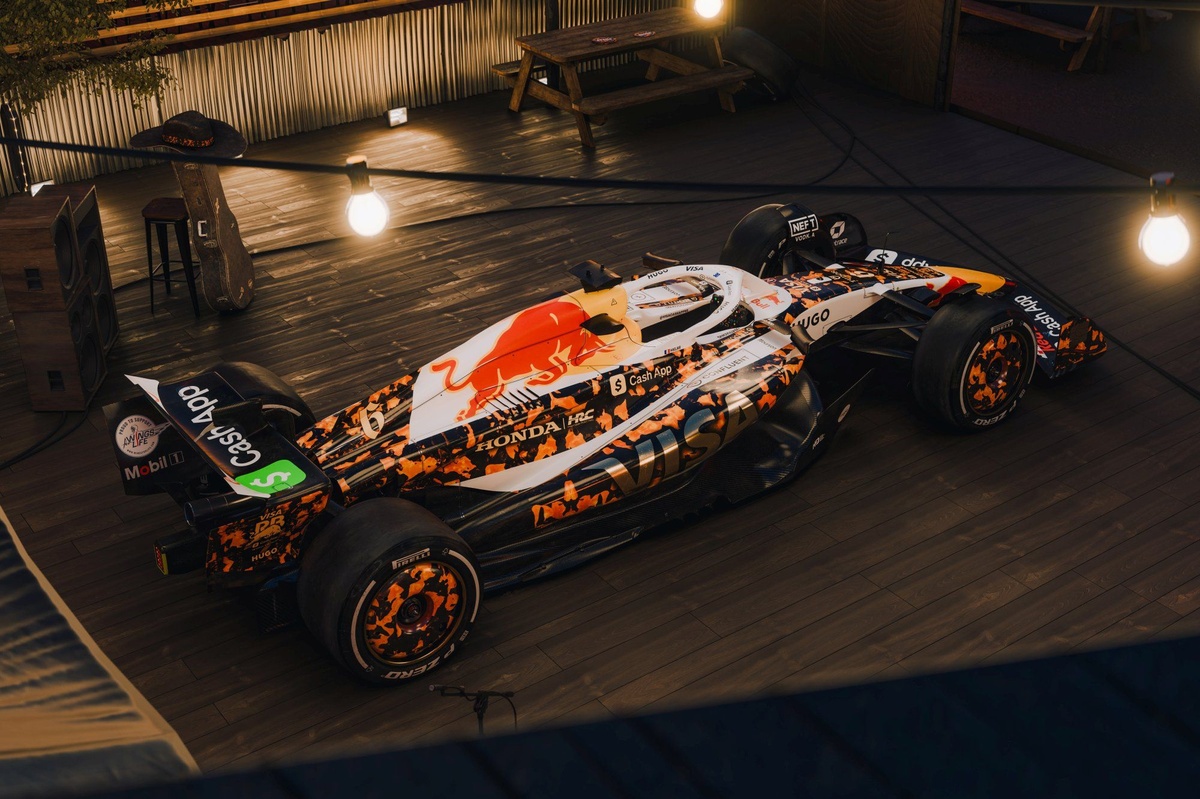




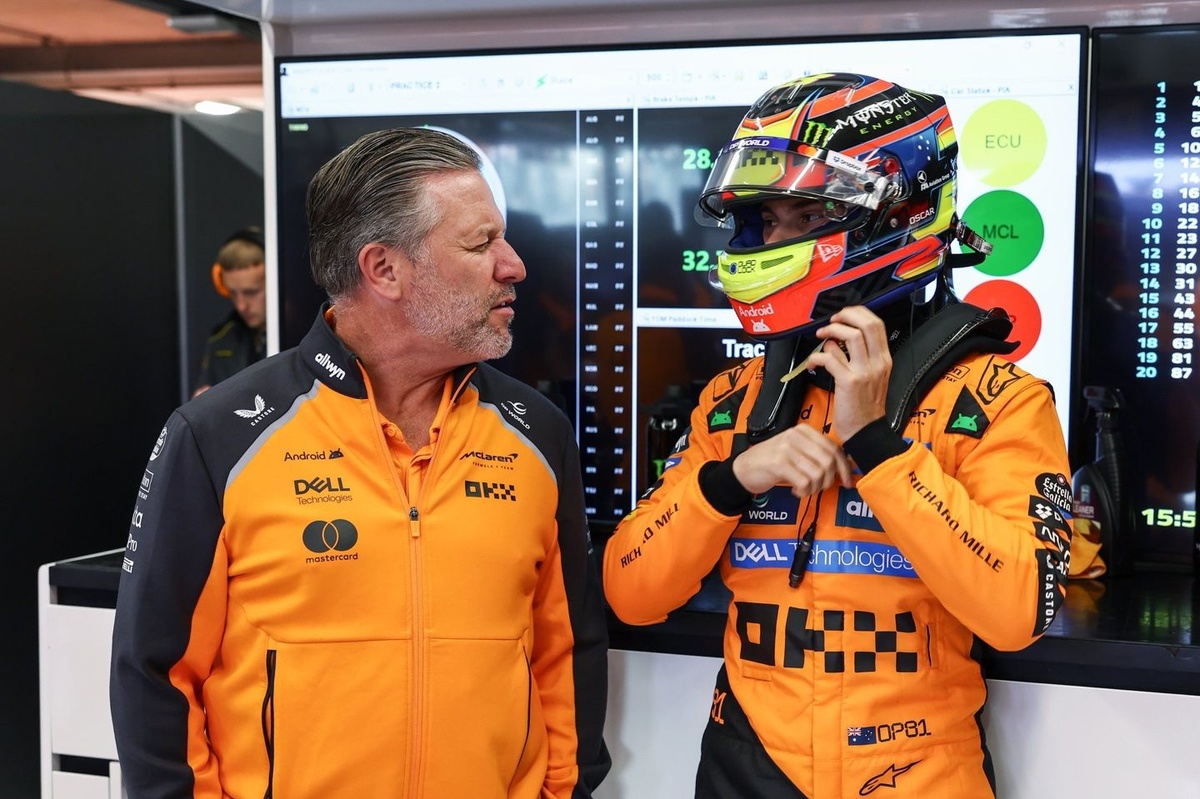
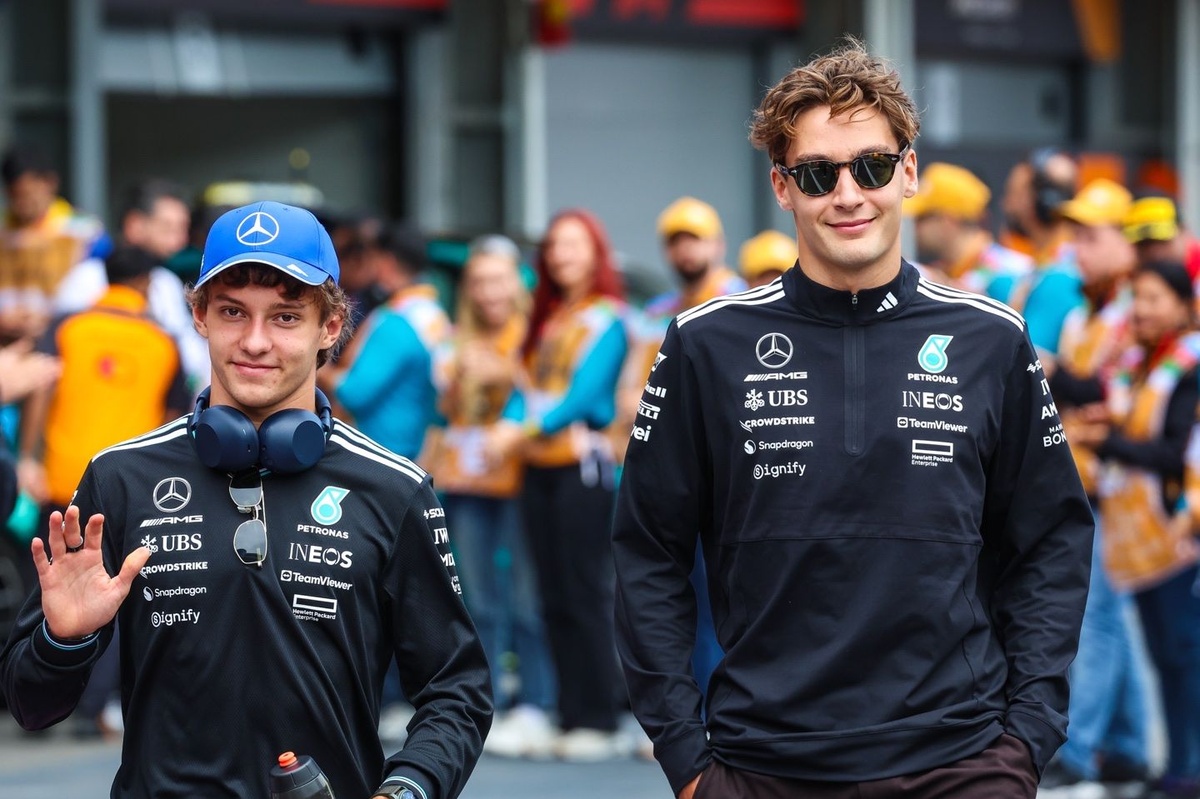




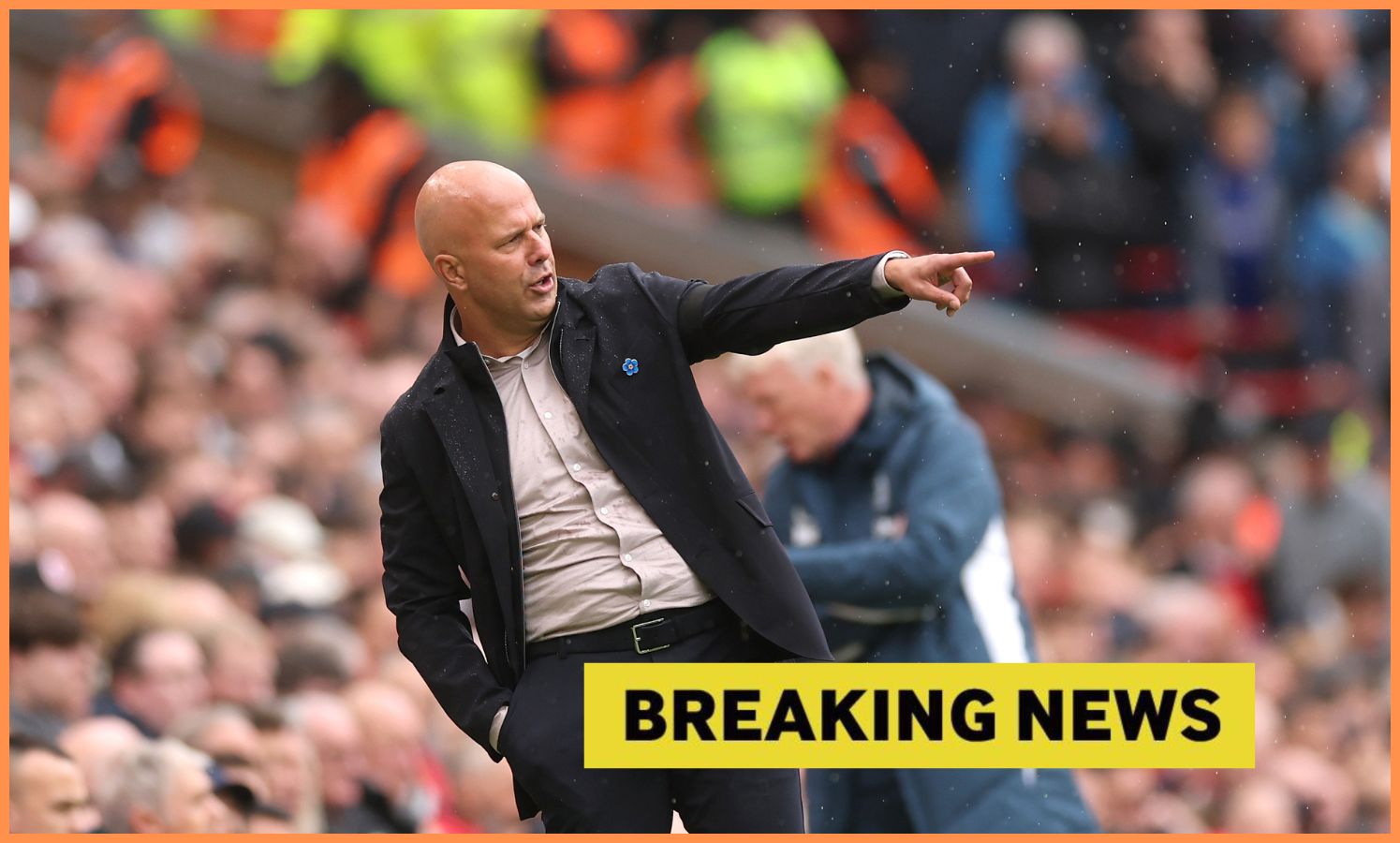



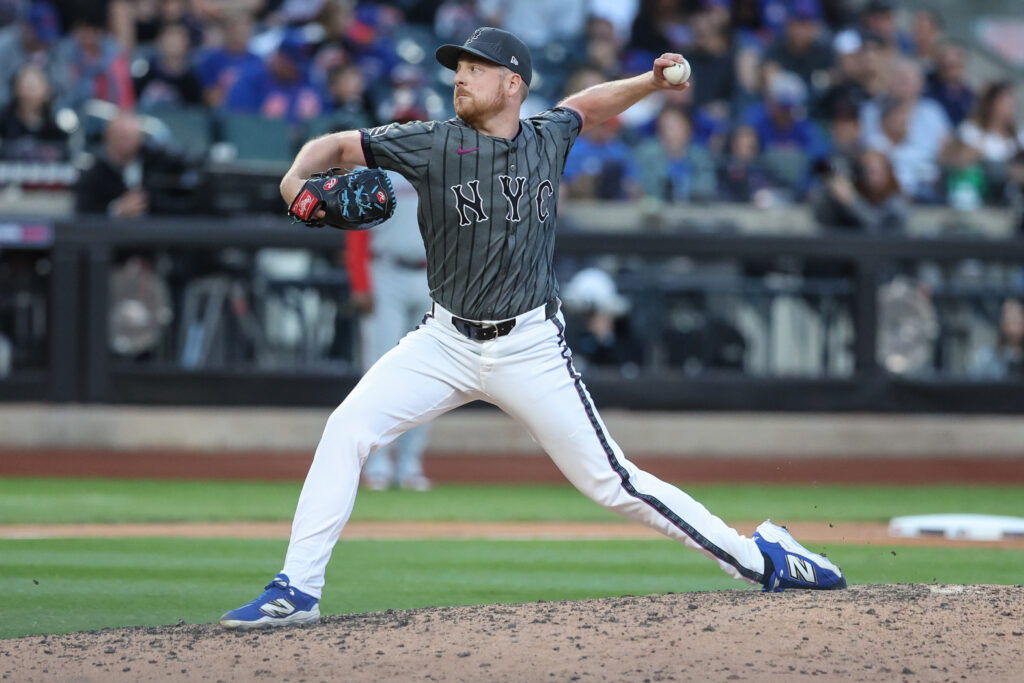

 English (US) ·
English (US) ·  French (CA) ·
French (CA) ·